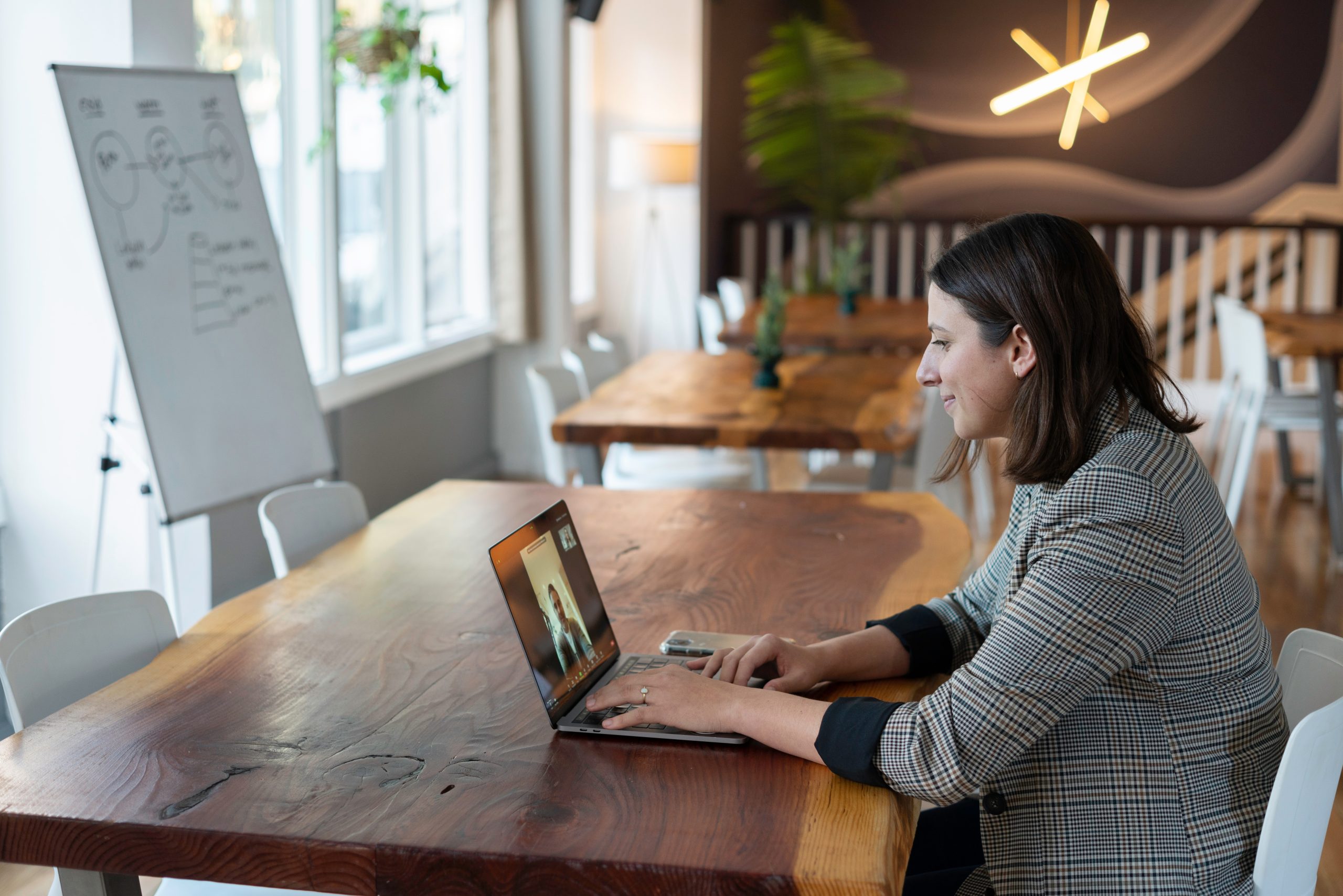
1. How Covid has impacted mental health in society, and what impact has the pandemic had on therapists?
We are learning more everyday about the physical health issues caused by the Covid pandemic, and we are also confronting the impact on the mental health of the worldwide population and learning to talk about it. What specifically are these impacts?
Well, firstly by an awful lot of loneliness and isolation. Even those living with people are still isolated from friends and families. Human beings are social animals, and this isolation is leading to poor mental health in many, a general feeling of overload, with long-term implications – depression, anxiety, and global overwhelmed feeling. And there is no mistaking, it is affecting everybody.
“Isolation is leading to poor mental health in many, a general feeling of overload, long-term impacts”
Secondly, the pandemic has increased the social divide. In terms of how we are experiencing this pandemic, how we are dealing with it, and eventually, how our mental health is impacted. This social divide acts as a catalyst in an already very high-tension situation leading to high levels of conflicts, very high levels of stress and eventually burnout.
For therapists, the situation is even more critical. Many of us are feeling significantly stressed, on the edge of burnout. We’ve all got this balancing act to manage of life and work.
For anyone that’s a key worker, you’re working in a very, very different environment, where you might not feel entirely safe and secure, and you are having to operate in a very different way.
2. What are the differences between stress and burnout
There’s a difference between stress and burnout, but that switch can happen really, really quickly.
Stress is today, putting in too much effort.
You can’t switch off. You feel your emotions strongly, were perhaps a bit snappy, maybe a bit more tearful, that hyperactive, anxious feeling like you’ve always got something on your mind. You’ve got less energy, and it’s starting to take perhaps a physical toll or maybe aches and pains.
“Under stress you still struggle to cope with pressures. But once burnout takes hold, you’re out of gas and you’ve given up”
Burnout, on the other hand, is quite a different feeling.
It’s when you can’t put any effort in. It’s all hard; you’re numb, your emotions are blunted. You’re not responding to things anymore because you’ve reached capacity. You can feel drained, helpless, lower motivation, and it’s taking more of an emotional toll on you. There is obviously still a physical toll from the stress, but it starts to take an emotional toll and tiny changes.
So, how can we avoid getting to that burnout stage? Well, first, let start with a simple definition.
3. What is wellbeing?
It’s a word that’s banded around all the time. We see it everywhere: “Self-care, wellbeing, compassion”, but what does it mean, what is it, can we get close to this legendary animal, this myth, and perhaps even thrive in its presence?
It’s pretty different for each of us, but there is a universally agreed definition of wellbeing:
“We talk about it in terms of this state of being comfortable, healthy, or happy.”
So it’s not just about the absence of disease or infirmity. It’s much more than that. It’s actually thriving, being in flow, rather than just not having an illness.
Dr Rangan Chatterjee talks about the four pillars of health and wellbeing.
- Relaxation.
- Food, in terms of nutrition.
- Movement, exercise and also not being sedentary.
- Sleep
“Easy to follow, easy to maintain and requires only the smallest amount of willpower” Dr Rangan Chatterjee – Feel better in 5
It’s a straightforward model (not an inaccessible myth), an effortless way of looking at what health and wellbeing actually is.
We don’t have to have an entire day at the spa (although that would be lovely). We don’t have to sit and meditate for an hour or have a couple of hours in the gym or exercising.
It’s all about looking at where we can get these little bits of time and how we can make a commitment to ourselves and then ultimately to our clients, to our patients, to our families.
4. Wellbeing, you will be mine! But first, we need to:
Nurture psychological flexibility within ourselves
There are six components of psychological flexibility:
1. The present moment
Simply being here in the moment. That doesn’t sound easy. Because we’re thinking about what we need to do next, thinking about the impact of something that we did in the past, but actually, it’s about appreciating the moment that we’re in and being present by working on your mindset.
2. Understanding and knowing our true values
Knowing what matters to us and perhaps to those closest to us. When you do that, you’ll be letting all the other stuff go. We have so many external calls on our time. So if we can articulate and focus on our values, that gives us much greater psychological flexibility
3. Taking committed action
Doing what it takes to stay well, committing to ourselves. Then, as a result of that, commit to the people close to our clients’ self and us.
4. Having pure awareness of who we are.
That’s bringing those previous concepts together.
5. Diffusion
Positive psychology literature discusses what we think and the automatic negative thoughts we have. Again, the advice is just to stop and solely be present. We have some control, and there are many practices to assist in this; things like gratitude, journaling, and affirmations can help retrain our minds.
The study of neuroplasticity shows that our minds are incredibly flexible. We can train or retrain ourselves.
6. Acceptance
Opening up, talking about how we feel or being honest about how we feel if we’re having a difficult time, not trying to push it down and push it away.
Emptying the stress bucket
Think of stress as if you are filling a bucket; the more water there is, the more tension builds up. These days, stress buckets are probably three quarters filled with the pandemic, the lockdown, the homeschooling, and everything else.
Then there’s the typical day to day worry, stress, anxiety, financial pressures.
That’s all going in and filling up your bucket on a minute by minute, hour by hour basis. Inevitably, what’s going to happen is that it’s going to start spilling over…
If we’re not doing anything to let that out, “open up the taps”, then it just keeps filling up.
So, to start turning things around, ask yourself these questions:
How full is my bucket? What kind of stuff is going in? What can I do to just sort of release that pressure valve a little bit more?
Then start to think about what brings you joy, what hobbies you have, what little things you can do in your day, and what you can do to relax?
- Run a bath
- Just stop and have a nice cup of tea during the day
- Play a board game
- Dance around the kitchen with anybody or by yourself
- Watch something hilarious (cat videos?)
- Exercise
- Contact friends
- And so on…
My favourite way to relax:
“For me, music is massive, I have a playlist on Spotify, and it’s got loads and loads of different things on it. It’s got music for when I need to be energised. It’s got music when I need to chill out a little bit and my music when I need some emotional lift. It’s just something that I can put on for two or three minutes, and it can completely transform your mood.”
Dr Catherine Steele
In this article, we have identified several issues that significantly impact our mental health. Exacerbated through the lens of this pandemic, but already existing for many of us. We have begun to identify solutions to turn to the bright side, and we will continue our journey through the twists and turns of wellness in our next article.
See you soon !



